23 Mouthwatering Asian Desserts You Need to Try Today
Asian desserts showcase a mesmerizing world of culinary artistry that transcends traditional sweet experiences.
Delicate techniques and profound cultural influences transform simple ingredients into extraordinary creations that dance across your palate.
These remarkable treats blend intricate textures, subtle aromatics, and unexpected flavor combinations that challenge Western dessert conventions.
Soft, smooth, crunchy, or gelatinous - each dessert tells a story of regional traditions and generational cooking wisdom.
Regional techniques and locally sourced ingredients contribute to complex taste profiles that surprise and delight even seasoned food enthusiasts.
Centuries of gastronomic innovation have shaped these remarkable confections into more than mere sugar-based treats.
From coastal regions to mountainous territories, each geographic area contributes unique characteristics that make Asian desserts truly special.
Get ready to explore these incredible 23 delectable sensations that will transform your understanding of sweet culinary experiences:
Durian Whipped Cream
Durian whipped cream is a bold, creamy dessert topping showcasing Southeast Asia's most controversial fruit in a luxurious culinary experience.
Bold flavors merge seamlessly when fresh durian gets blended into smooth whipping cream, creating an unexpected delicacy that challenges traditional taste expectations.
Malaysian and Indonesian cuisines frequently feature this unique cream as a sophisticated garnish for traditional desserts and pastries.
Sophisticated food lovers appreciate its complex profile, combining sweet richness with the fruit's distinctive musky undertones.
Professional chefs carefully select ripe, high-quality durian to ensure maximum flavor intensity in their whipped cream preparations.
Adventurous eaters appreciate this innovative cream as a gateway to exploring exotic Southeast Asian culinary traditions.
Vietnamese Coffee Popsicle
Vietnamese coffee popsicles are a cool, caffeinated dessert capturing the essence of Vietnam's beloved coffee culture with minimal effort.
Strong brewed Vietnamese coffee combines perfectly with sweet condensed milk to create an irresistible frozen treat that energizes and refreshes simultaneously.
Creamy layers of coffee and condensed milk freeze into a striking striped popsicle that looks as good as it tastes.
Home cooks can easily prepare these treats by mixing brewed coffee with condensed milk in popsicle molds.
Simple ingredients like robust coffee and canned milk transform into an elegant summer dessert.
Freezing for several hours produces a delightful cold snack that brings complex coffee flavors and rich sweetness to any gathering.
Japanese Castella Cake
Japanese Castella Cake is a classic Japanese sponge cake renowned for its smooth, golden-brown exterior and pillowy interior that melts in your mouth.
Originating from Portuguese influence during the 16th century, this simple yet elegant dessert has become a beloved staple in Japanese bakeries and home kitchens.
Honey provides a subtle sweetness that elevates the cake's delicate flavor profile, creating a subtle richness without overwhelming the palate.
Bakers carefully mix eggs, sugar, flour, and honey to achieve its signature dense yet airy texture that sets it apart from traditional Western sponge cakes.
Precise baking techniques, including low-temperature cooking and specific pan positioning, ensure the cake's uniform golden color and tender crumb.
Families and professional bakers alike treasure this recipe as a testament to Japanese culinary craftsmanship, making it a cherished treat for special occasions and everyday enjoyment.
Kulfi
Kulfi is a luxurious Indian frozen dessert that defies traditional ice cream expectations with its dense, impossibly rich texture.
Skilled artisans craft this delicacy by slowly reducing milk until it caramelizes, creating an intensely creamy base that captures complex flavor profiles.
Premium variations incorporate exotic ingredients like fragrant cardamom, saffron threads, and crushed pistachios, elevating the treat beyond simple sweetness.
Mango and rose water frequently enhance its intricate taste, bringing distinctive regional nuances to each serving.
Street vendors throughout India have perfected this centuries-old recipe, serving kulfi in traditional clay molds that add earthy undertones to the experience.
Passionate food lovers appreciate kulfi as a cultural symbol that represents generations of culinary expertise and innovative dessert techniques.
Chinese Style Egg Custard Tarts
Chinese egg custard tarts are delicate pastries originating from Guangzhou that blend crispy, buttery shortcrust pastry with silky-smooth egg custard in a perfect harmony of textures.
Portuguese colonial influences shaped these iconic treats, which feature a flaky exterior and rich, creamy center that melts in you mouth.
Bakers carefully craft the tarts by creating a delicate pastry shell filled with a sweet egg mixture of milk, eggs, and sugar.
Subtle vanilla notes enhance the custard's delightful flavor profile, while the golden-brown crust provides a satisfying crunch.
Popularity of these tarts spread throughout Asia, becoming a beloved dim sum staple and street food delicacy.
Street vendors and bakeries across China and Hong Kong continue to perfect this classic dessert, ensuring its continued culinary significance.
Portuguese Custard Tarts
Portuguese custard tarts are legendary pastries originating from Lisbon's monasteries, featuring a flaky, caramelized exterior and silky egg custard filling that melts in your mouth.
Monks in Portugal first created these delectable treats when they needed to use excess egg yolks from starching clothes with egg whites.
Macau, a former Portuguese colony, embraced these tarts and popularized them throughout Asia, especially in Chinese bakeries and cafes.
Bakers carefully layer thin, buttery pastry dough and fill it with a rich custard made from eggs, milk, sugar, and a hint of vanilla.
Street vendors and bakeries across Portugal and Macau sell these tarts fresh from the oven, with a caramelized top that creates a delightful crunch.
Chocolate Pistachio Gulab Jamun
Chocolate pistachio gulab jamun are traditional Indian dessert balls reimagined with luxurious chocolate and nutty pistachio complexity.
Delicate milk solids and flour create tender spheres deep-fried to golden perfection before being lavishly soaked in fragrant cardamom-infused sugar syrup.
Dark chocolate coating adds dramatic richness to the classic sweet, introducing unexpected depth and elegance to the classic recipe.
Pistachios provide delightful crunch and earthy undertones that complement the dessert's inherent sweetness.
Subtle cardamom notes weave through each bite, offering sophisticated aromatics that elevate the entire experience.
Small yet intensely satisfying, these chocolate-dipped treats deliver an irresistible fusion of Indian culinary tradition and contemporary indulgence.
Khanom Khrok Coconut Rice Pancakes
Khanom Khrok coconut rice pancakes are delicate Thai street food delicacies crafted from a simple blend of coconut milk, rice flour, and sugar.
Chefs cook these bite-sized treats in special dimpled cast-iron pans that create perfectly round, crispy-edged miniature pancakes with creamy centers.
Sweet and rich coconut flavors define these small circular delights that originate from Bangkok's bustling street markets.
Traditional vendors often serve these pancakes hot and fresh, garnishing them with green onions or corn kernels for extra texture.
Authentic preparation requires precise pan heating and careful batter pouring to achieve the signature golden-brown exterior and silky interior.
Street food enthusiasts treasure these pancakes as a quick, affordable snack that captures Thailand's vibrant culinary spirit.
Modak
Modak are divine sweet dumplings from Maharashtra, India, traditionally honored during Ganesh Chaturthi celebrations with deep spiritual significance.
Maharashtra's beloved dessert features a delicate rice flour exterior carefully wrapped around a rich coconut and jaggery filling that melts in your mouth.
Skilled home cooks steam or fry these tender treats, creating a perfect balance between crispy shell and sweet inner mixture.
Religious festivities showcase modak as Lord Ganesha's favorite prasad, symbolizing devotion and culinary artistry.
Fragrant cardamom and saffron infuse each bite with warm, complex flavors that connect generations of Indian families.
Cultural traditions transform this simple dumpling into a meaningful expression of love, faith, and shared heritage.
No Churn Black Sesame Ice Cream
Black sesame ice cream is a luxurious Asian-inspired dessert that captivates with its striking gray color and nutty, complex flavor profile.
Creamy condensed milk and whipped heavy cream create a smooth, rich base that transforms ordinary ingredients into an extraordinary frozen treat.
Roasted black sesame seeds provide an intense, earthy undertone that distinguishes this ice cream from traditional flavors.
Home cooks can easily prepare this dessert without an ice cream machine, making it accessible for novice and experienced dessert makers.
Salt enhances the sesame's natural depth, balancing the sweetness with a sophisticated savory note.
Home chefs appreciate this no-churn method that delivers restaurant-quality results with minimal effort.
Rasbari
Rasbari are luxurious milk-based sweet spheres originating from East Indian culinary traditions that melt deliciously in your mouth.
Skilled cooks transform fresh milk into tender white balls through careful heating and precise techniques.
Bengali chefs craft these delicate treats by slowly cooking milk solids until they become smooth, creamy spheres.
Sugar syrup provides a luscious bath for these milky orbs, creating an irresistible dessert that gleams with sweet moisture.
Home cooks often prepare rasbari during festive gatherings or special family celebrations as a delightful conclusion to meals.
Served chilled or at room temperature, these milk-based confections represent a cherished part of regional Indian dessert culture.
Ice Kacang
Ice Kacang is a refreshing Malaysian dessert that combines shaved ice with an array of colorful toppings and sweet syrups.
Gula Melaka palm sugar infuses the treat with rich caramel notes that elevate its complex flavor profile.
Red azuki beans and sweet corn create unexpected yet delightful texture contrasts in this beloved Southeast Asian street food.
Singaporean and Bruneian locals cherish this cooling delicacy as a perfect antidote to tropical heat.
Simple ingredients like evaporated milk, syrup, and condensed milk blend seamlessly to create a memorable dessert experience.
Adventurous food lovers will appreciate its unique combination of ingredients that challenge traditional Western dessert expectations.
Soft And Chewy Nougat
Nougat are classic confections originating from Mediterranean regions with a delightful blend of honey, egg whites, and nuts that create an irresistibly chewy texture.
Italian and French traditions have perfected this sweet treat through centuries of culinary craftsmanship.
Almonds and pistachios provide rich, nutty crunchiness within the smooth candy base.
Professional confectioners carefully heat sugar and honey to create a glossy, amber-colored mixture that binds the ingredients.
Mediterranean artisans traditionally use local nuts like hazelnuts and walnuts to enhance flavor complexity.
Commercial versions now offer diverse variations with chocolate coatings or fruit additions that appeal to modern sweet lovers.
Lebanese Nights Dessert
Layali Lubnan is a luxurious Lebanese dessert that captures the magical essence of Middle Eastern culinary traditions with its creamy semolina base and aromatic flavors.
Orange blossom water infuses the cake with delicate floral notes, creating an irresistible sensory experience that transports you to bustling Beirut streets.
Ground pistachios provide a rich, nutty crunch that contrasts beautifully with the smooth, silky cream layer.
Generous drizzles of sweet syrup enhance the dessert's complexity, balancing each delightful bite.
Rose petal garnishes add an elegant visual and fragrant touch that elevates this classic treat.
Served chilled, Layali Lubnan offers a refreshing and indulgent finale to any Mediterranean-inspired meal.
Ala Kandhi (Yam Dessert Drink)
Ala Kandhi is a cherished Maldivian dessert drink celebrating rich culinary heritage through creamy coconut milk and tender yam.
Sweet spices like cardamom and cinnamon dance through the smooth liquid, creating a comforting warmth that reflects island traditions.
Local cooks carefully blend yam with coconut milk, transforming humble ingredients into an elegant beverage.
Sugar and cornflour provide silky thickness and enhanced sweetness to the drink.
Families enjoy Ala Kandhi during special gatherings, sharing cultural connections through each delightful sip.
Maldivian kitchens prepare this treat both hot and cold, offering versatile refreshment that honors generations of culinary craft.
Watalappan
Watalappan is a beloved Sri Lankan custard dessert that combines silky steamed texture with rich caramel and aromatic spices.
Creamy coconut milk forms the base of this traditional treat, creating a luxurious pudding-like consistency that melts in your mouth.
Cardamom powder adds warmth and depth to the delicate flavor profile, while chopped cashew nuts provide delightful crunch and nutty undertones.
Egg yolks create a smooth, velvety texture that distinguishes this dessert from other regional puddings.
Sri Lankan home cooks often serve watalappan during special occasions and festive gatherings, making it a cherished cultural delicacy.
Caramelized sugar topping gives the dessert a beautiful golden-brown color and adds a sweet, slightly burnt sugar note that elevates the entire culinary experience.
Green Banana Ice Cream (Es Pisang Ijo)
Es pisang ijo are vibrant Indonesian ice cream dumplings originating from South Sulawesi, featuring bananas wrapped in green dough and served with a complex sweet sauce.
Locals craft these treats by carefully boiling banana-filled green dough parcels until they float, creating a unique culinary experience.
Chefs enhance the dessert with a delightful combination of strawberry syrup, shredded cheddar cheese, and chocolate sprinkles for added flavor complexity.
South Sulawesi residents consider this dessert a cultural staple that balances sweet and savory elements.
Banana lovers appreciate the innovative preparation method that transforms ordinary fruit into an extraordinary frozen delicacy.
Similar to its warm cousin kolak pisang, this cool version offers a refreshing twist on traditional Indonesian sweets.
Handesh
Handesh are crispy, golden-brown Bangladeshi fritters bursting with rich flavor and cultural significance.
These deep-fried treats combine rice flour, sugar, and water into a delicate batter that transforms into a crunchy delicacy when immersed in hot oil.
Street vendors and home cooks carefully craft each morsel by dropping small amounts of batter into sizzling oil, creating intricate lace-like patterns.
Bangladeshi families often enjoy handesh during festive occasions and cool winter afternoons.
The snack delivers a satisfying crunch with a subtle sweetness that lingers on the palate.
Travelers and food enthusiasts prize these small, addictive morsels as a quintessential example of traditional Bangladeshi street cuisine.
Banana Tteok Rice Cakes
Banana tteok are Korean rice cakes bursting with natural banana flavor and cultural charm.
Korean home cooks craft these delectable treats using glutinous rice flour, ripe bananas, and a simple coating of roasted soybean powder.
Sticky and slightly chewy, the rice cake exterior provides a delightful contrast to the smooth banana interior.
Traditional preparation involves mixing mashed bananas with rice flour to create soft dough balls.
Soybean powder adds a nutty, subtle sweetness that complements the banana's rich taste.
Street vendors and families across South Korea enjoy these portable snacks as quick, satisfying treats perfect for any time of day.
Masoub (Saudi Banana Bread)
Masoub is a delightful Saudi Arabian dessert blending mashed bananas with bread into a creamy, rich delicacy that captures Middle Eastern comfort food perfection.
Regional chefs skillfully combine ripe bananas with crispy bread pieces, creating a harmonious mixture that melts in your mouth.
Traditionally prepared with white or whole wheat bread, the dish offers versatile preparation methods across different Saudi households.
Generous drizzles of honey, sprinkles of nuts, and occasional cream toppings enhance its complex flavor profile.
Nutritious and filling, Masoub serves as both a hearty breakfast option and a satisfying sweet treat.
Home cooks appreciate its simple ingredients and quick preparation, making it a beloved recipe passed through generations.
Khao Nom Nap Sticky Rice Coconut Dumpling
Khao Nom Nap sticky rice coconut dumplings are traditional Laotian sweet treats bursting with creamy coconut flavor and wrapped in elegant banana leaf packages.
Skilled cooks carefully blend glutinous rice flour with coconut milk to create smooth, pillowy dough that encases rich coconut filling.
Banana leaves serve as natural wrappers, adding subtle earthy aroma and creating beautiful geometric shapes when folded.
Small triangular or rectangular parcels emerge from careful preparation, each one a miniature work of culinary art.
Lao families often prepare these dumplings during festivals or casual gatherings as beloved dessert or snack.
Delicate yet satisfying, Khao Nom Nap represents the gentle complexity of Southeast Asian cuisine.
Bibingka Filipino Coconut Cake
Bibingka are traditional Filipino rice cakes beloved for their unique texture and rich cultural significance, originating from street vendors and holiday celebrations in the Philippines.
Bakers craft these mouthwatering treats using glutinous rice flour, coconut milk, and often bake them in clay pots lined with banana leaves for an authentic smoky flavor.
Local markets and festive gatherings showcase bibingka as a warm, slightly sweet delicacy that melts in your mouth with its dense, tender crumb.
Topped with salted butter, grated coconut, and sometimes kesong puti (white cheese), these cakes offer a delightful blend of savory and sweet notes.
Generations of Filipino families have cherished bibingka as a comforting snack that connects them to their culinary heritage.
Street vendors and home cooks continue to prepare this beloved dessert, ensuring its place in Philippine food culture remains strong and cherished.
Traditional Chinese Mooncakes
Mooncakes are iconic Chinese pastries symbolizing family unity and cultural heritage during the mid-Autumn festival.
Bakers craft these small, round delicacies with intricate designs pressed into golden-brown crusts that encase rich, sweet fillings like lotus seed or red bean paste.
Traditionally prepared as a seasonal delicacy, mooncakes feature a distinctive dense texture that contrasts beautifully with their delicate exterior.
Ancient recipes passed through generations showcase the careful art of balancing flavors and creating perfectly molded pastry shells.
Chinese families often exchange these meaningful treats as gifts, celebrating togetherness and lunar traditions.
Regional variations across China introduce unique ingredients and artistic decorations that reflect local culinary styles.

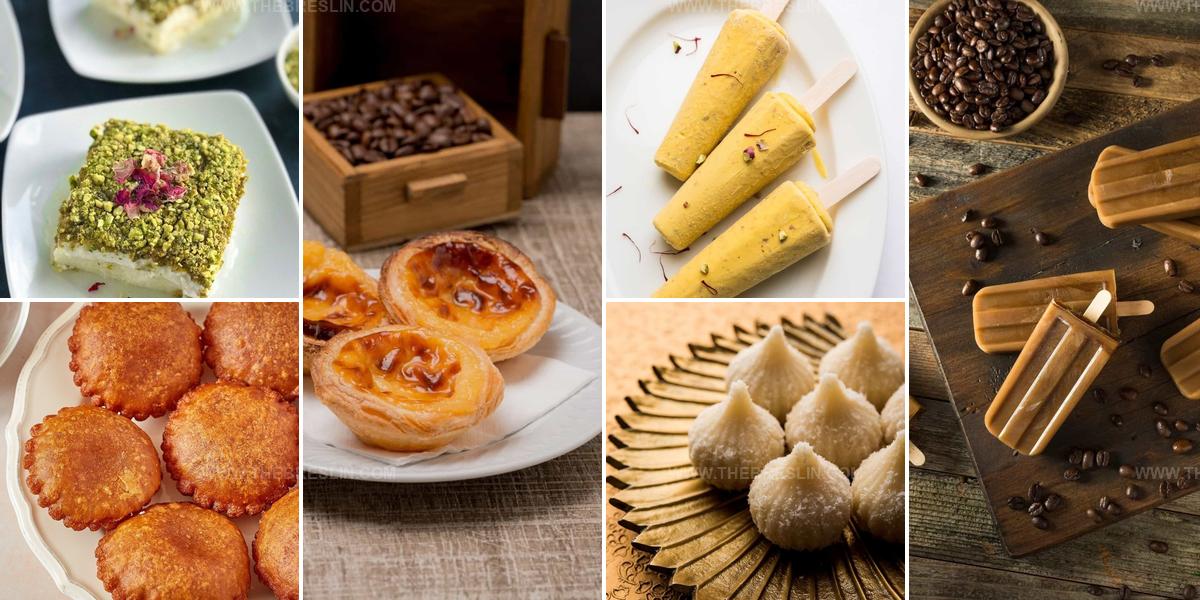
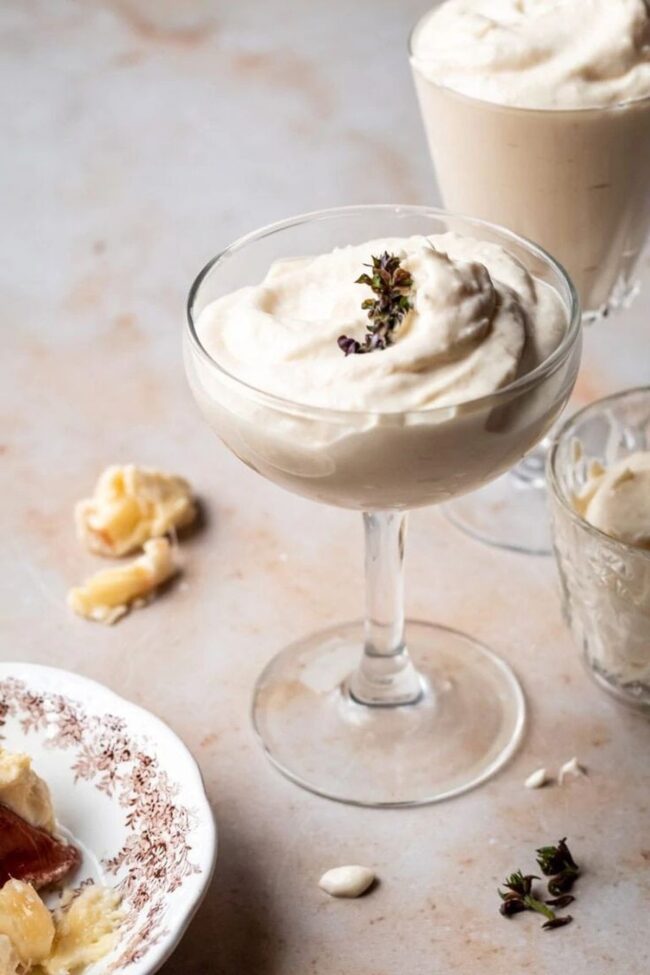

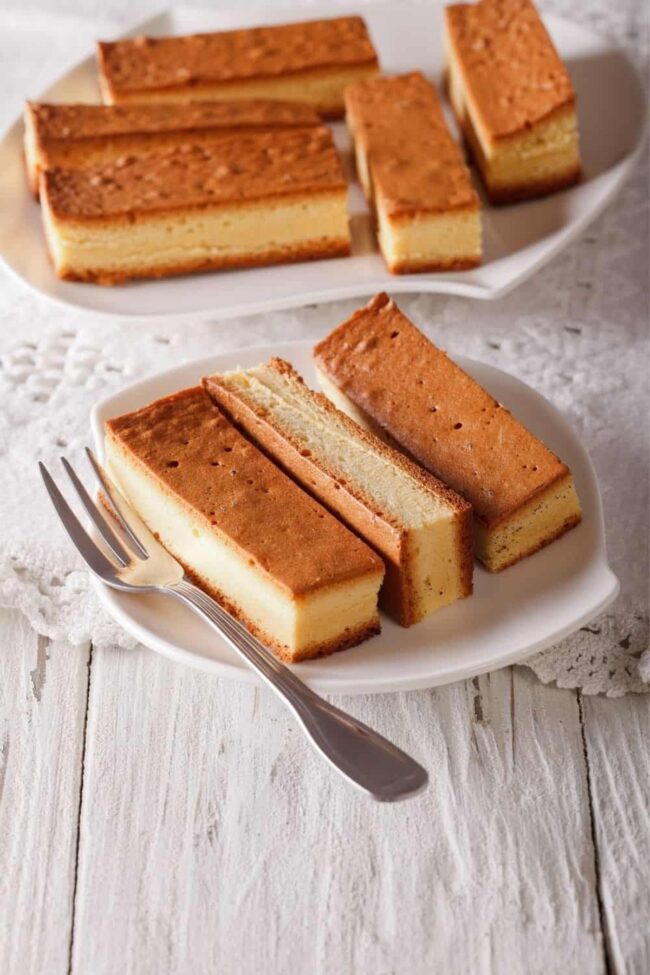

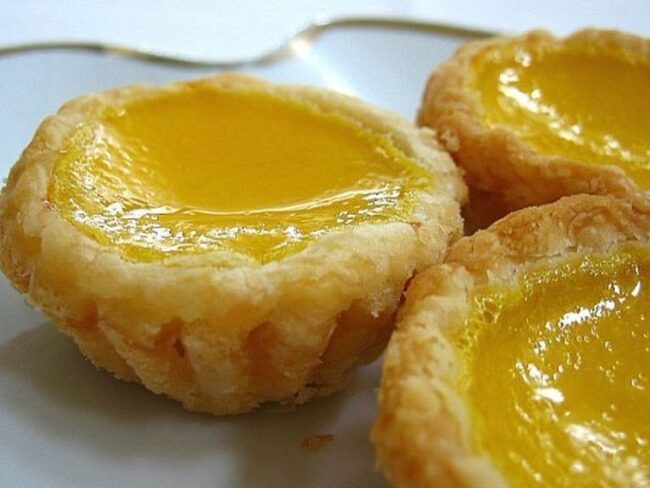
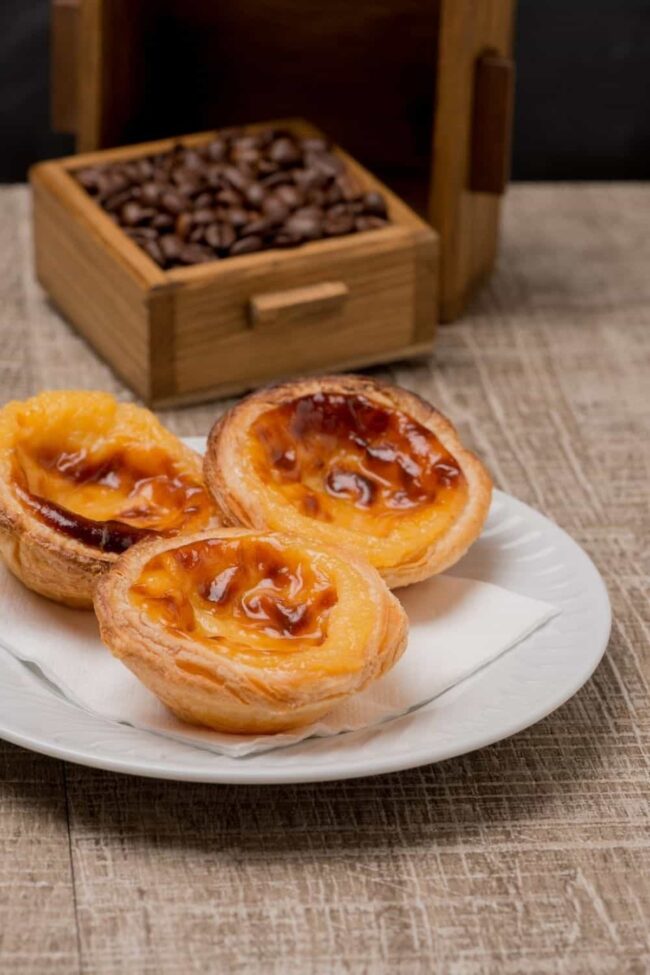
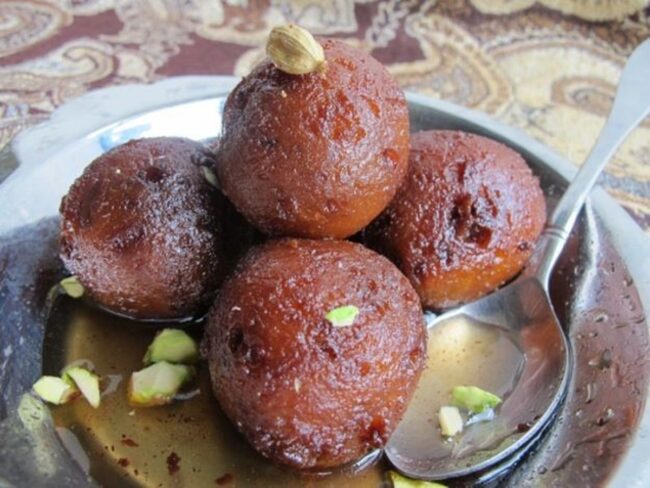
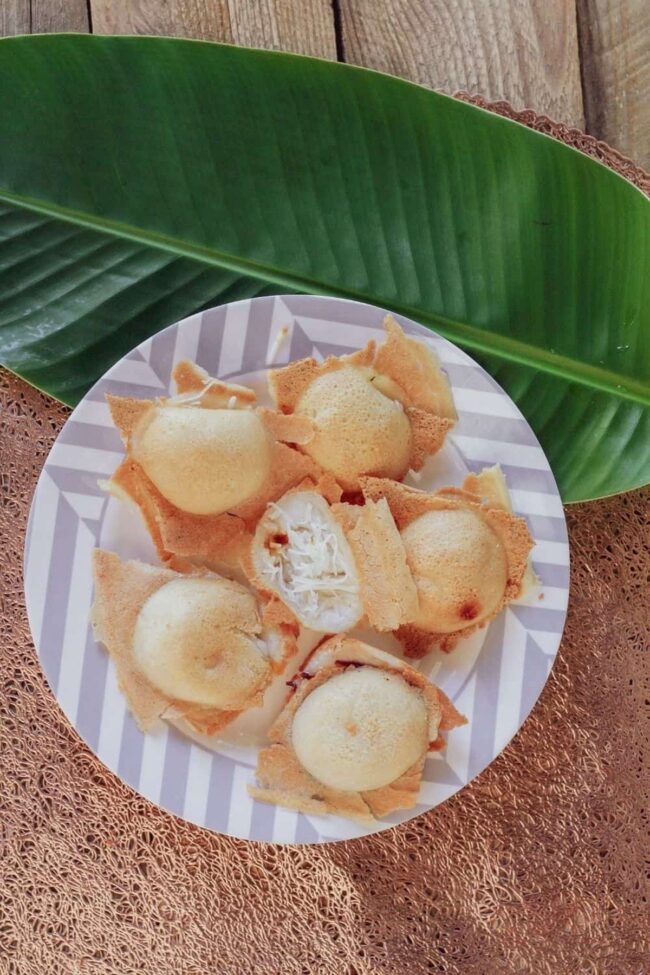
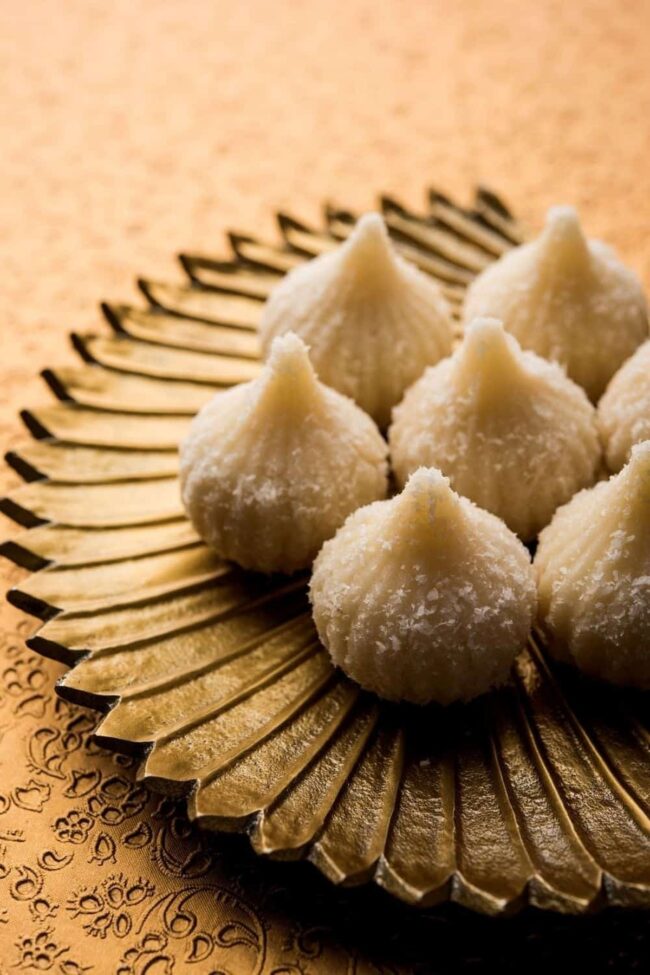
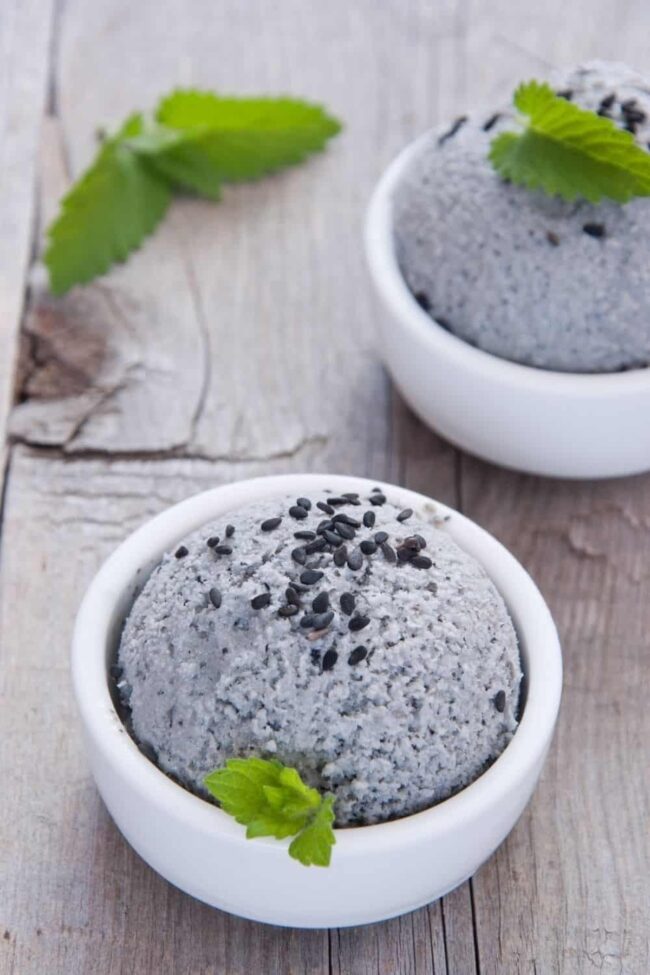
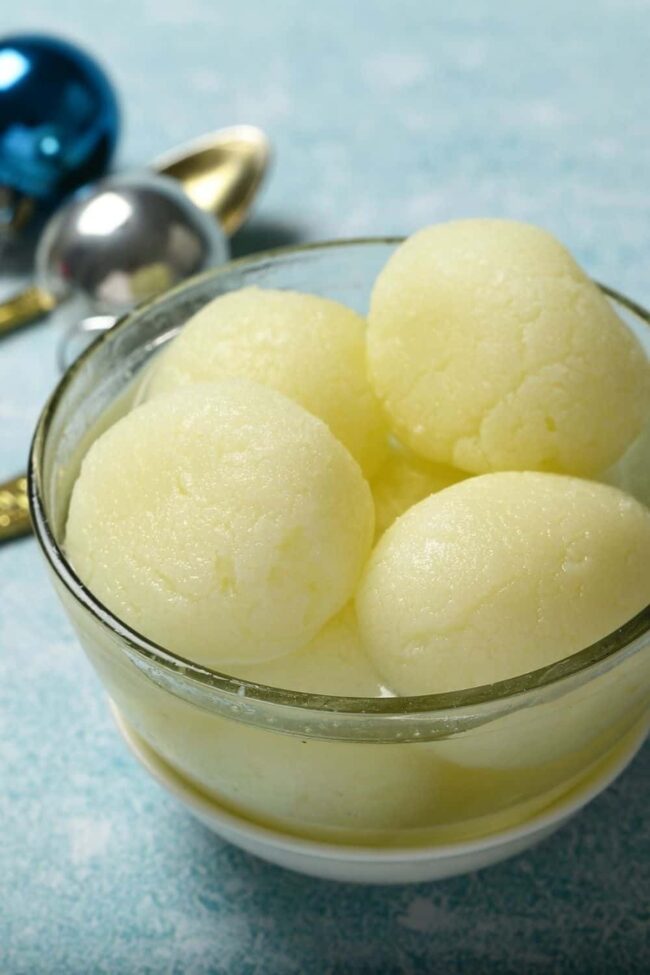
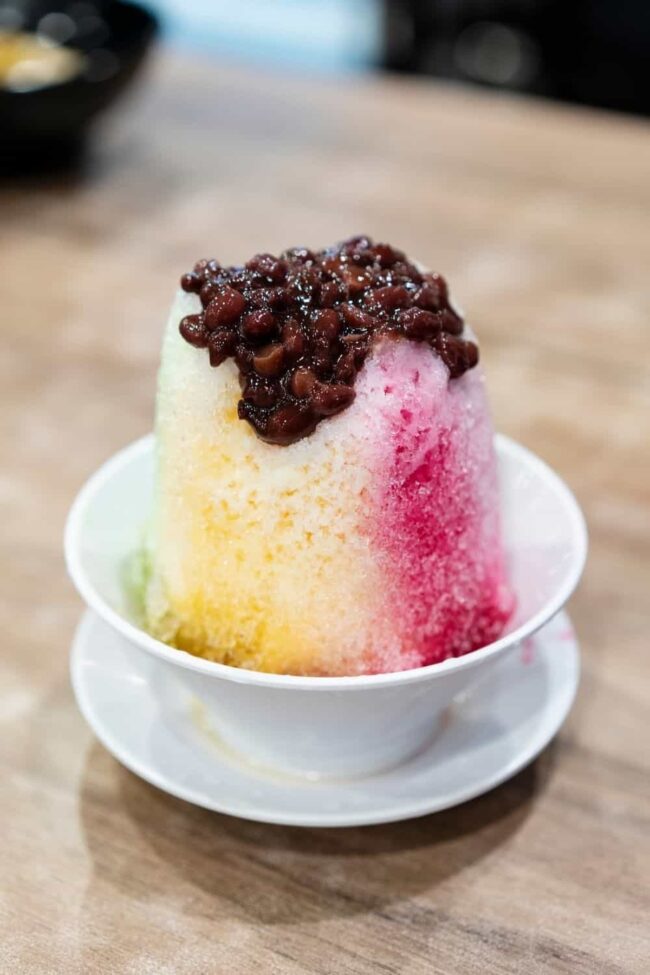
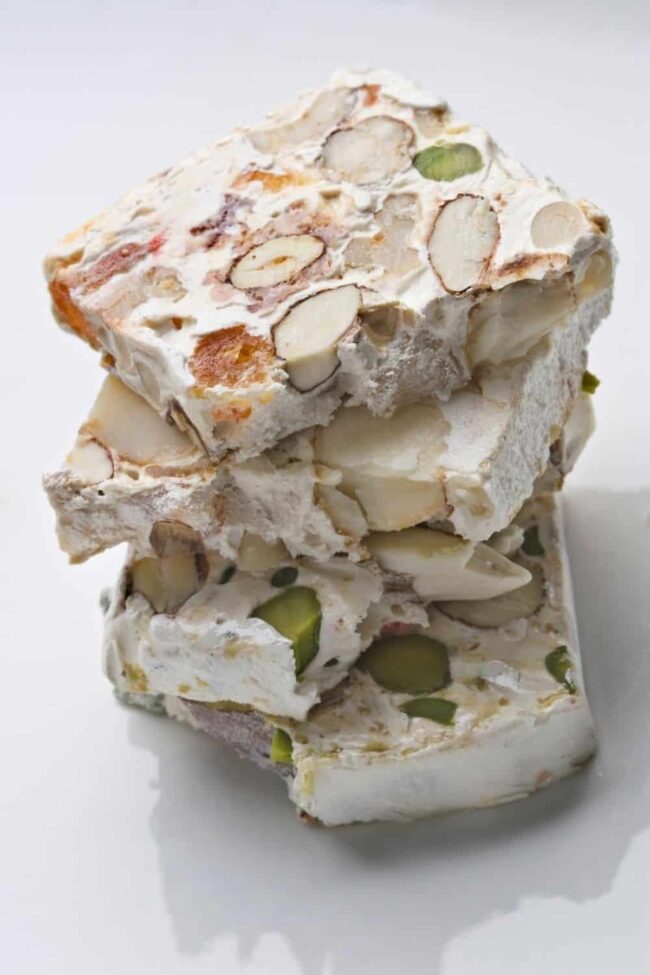
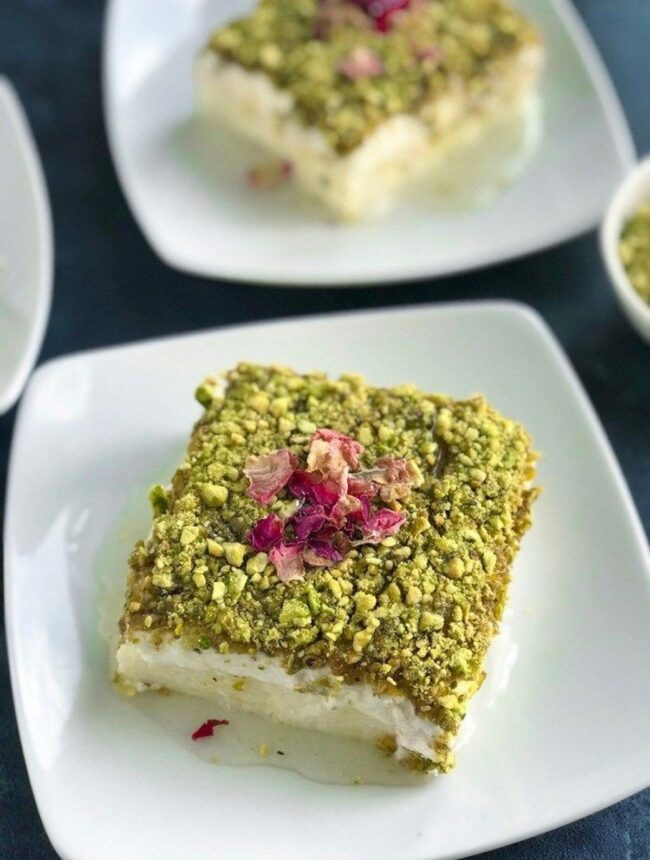
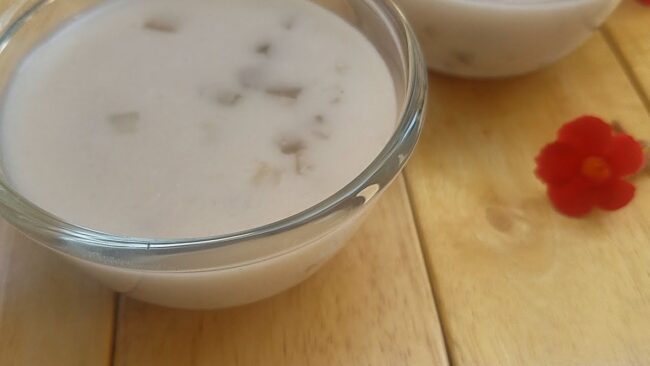
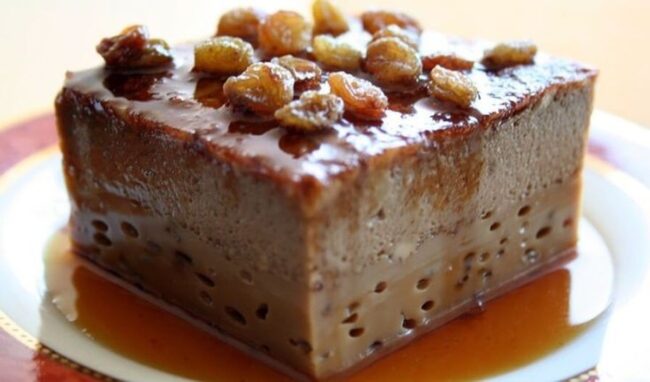
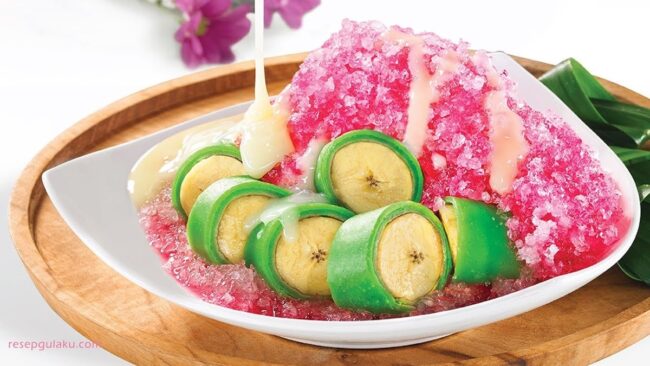
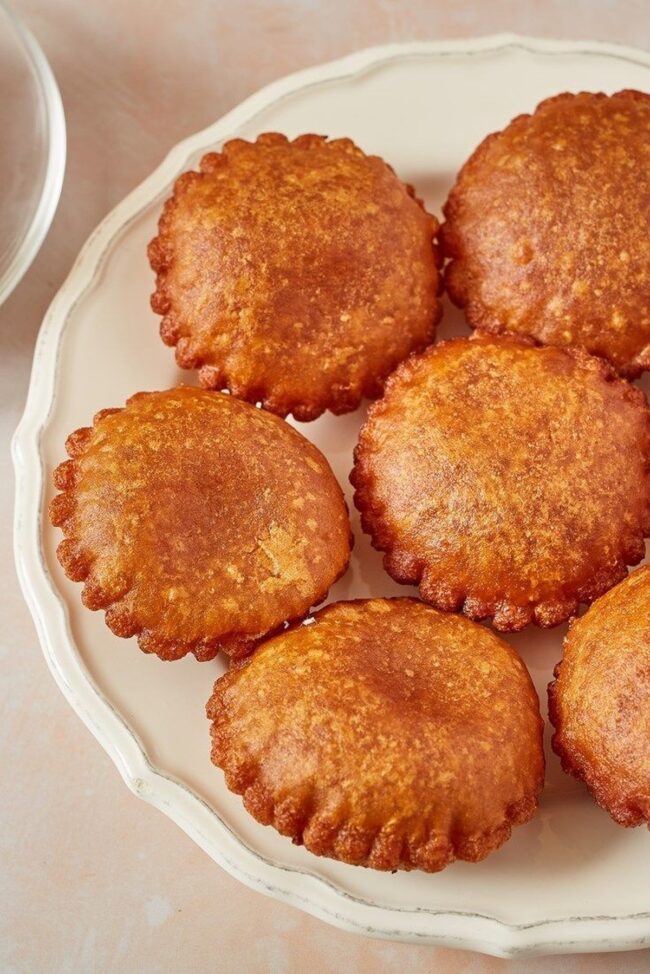
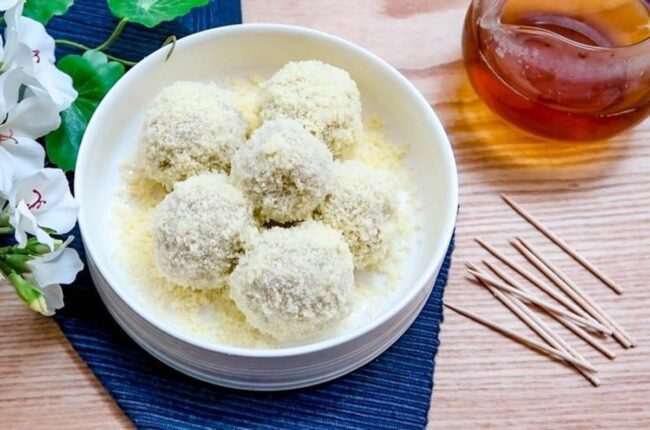
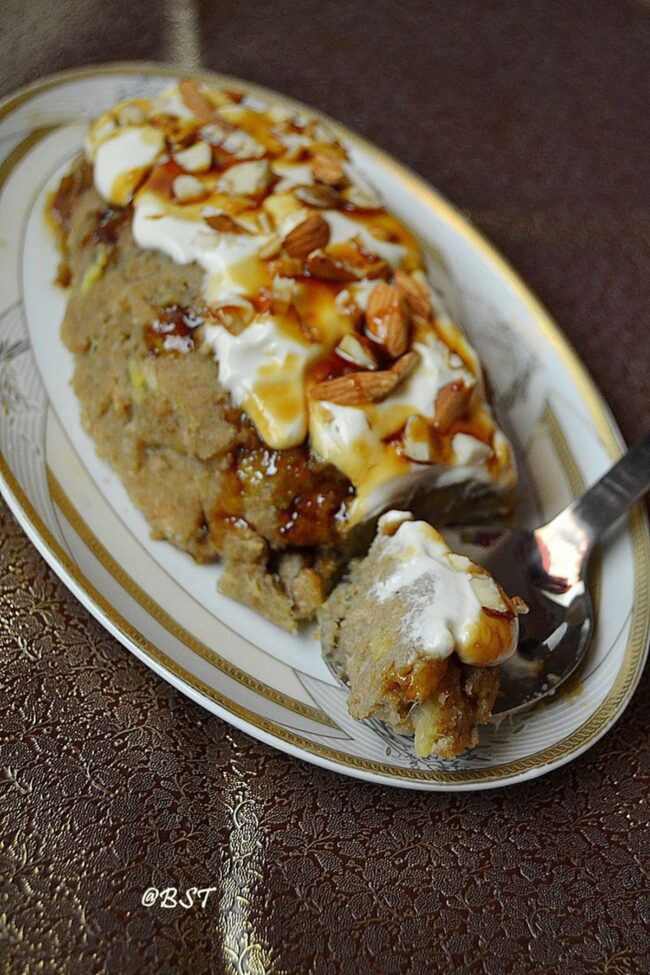
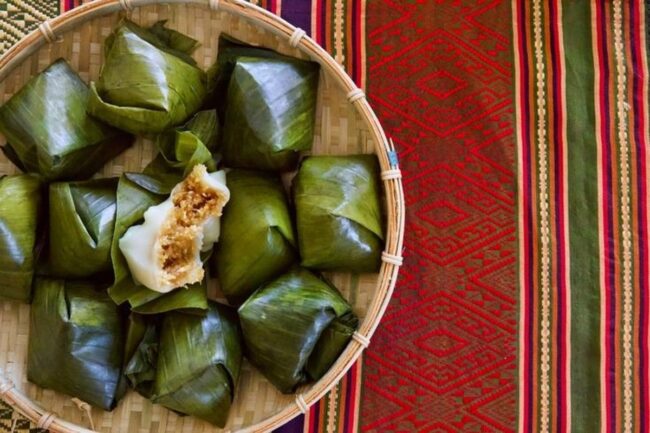
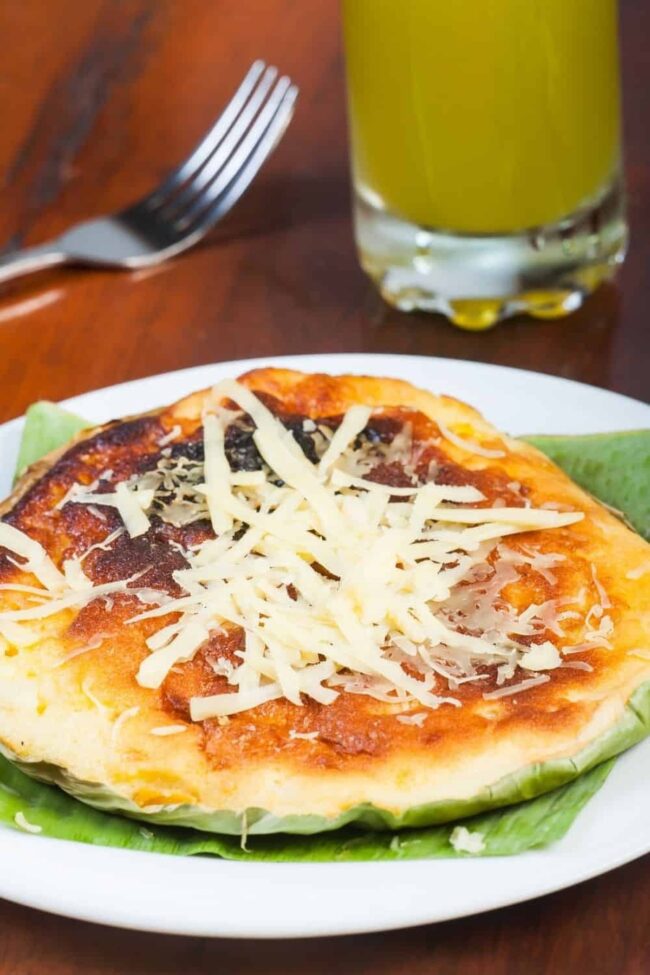
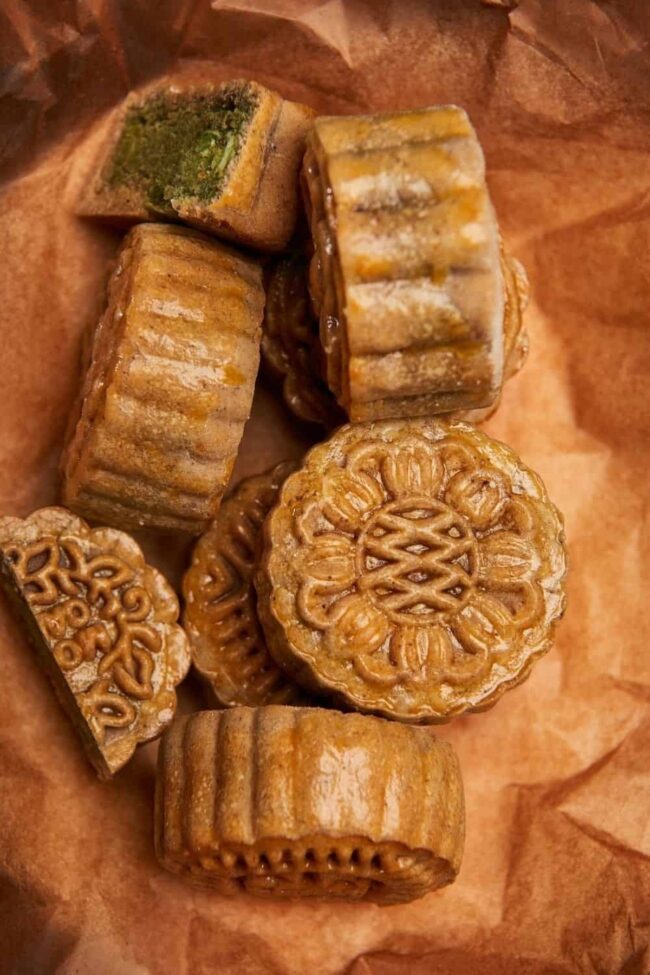
Expertise
Education